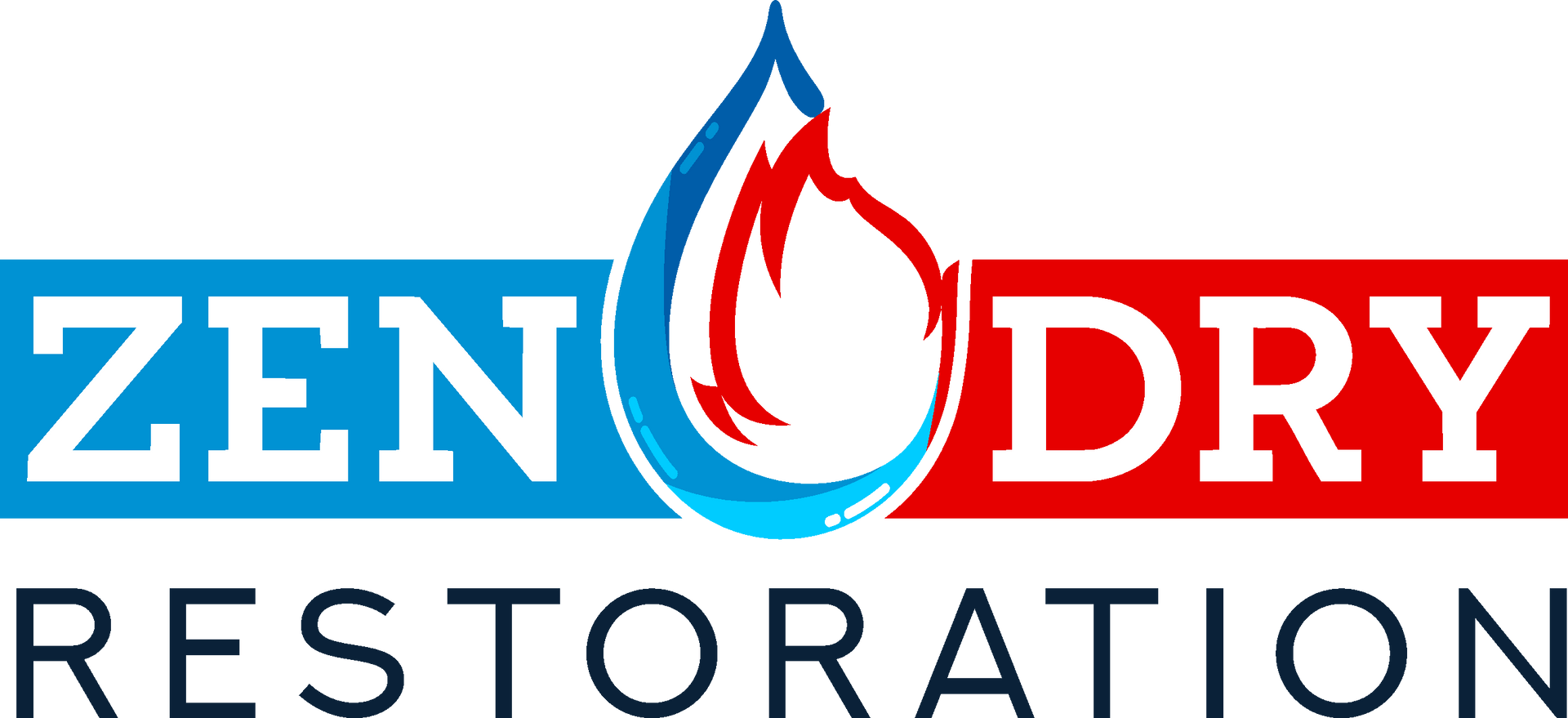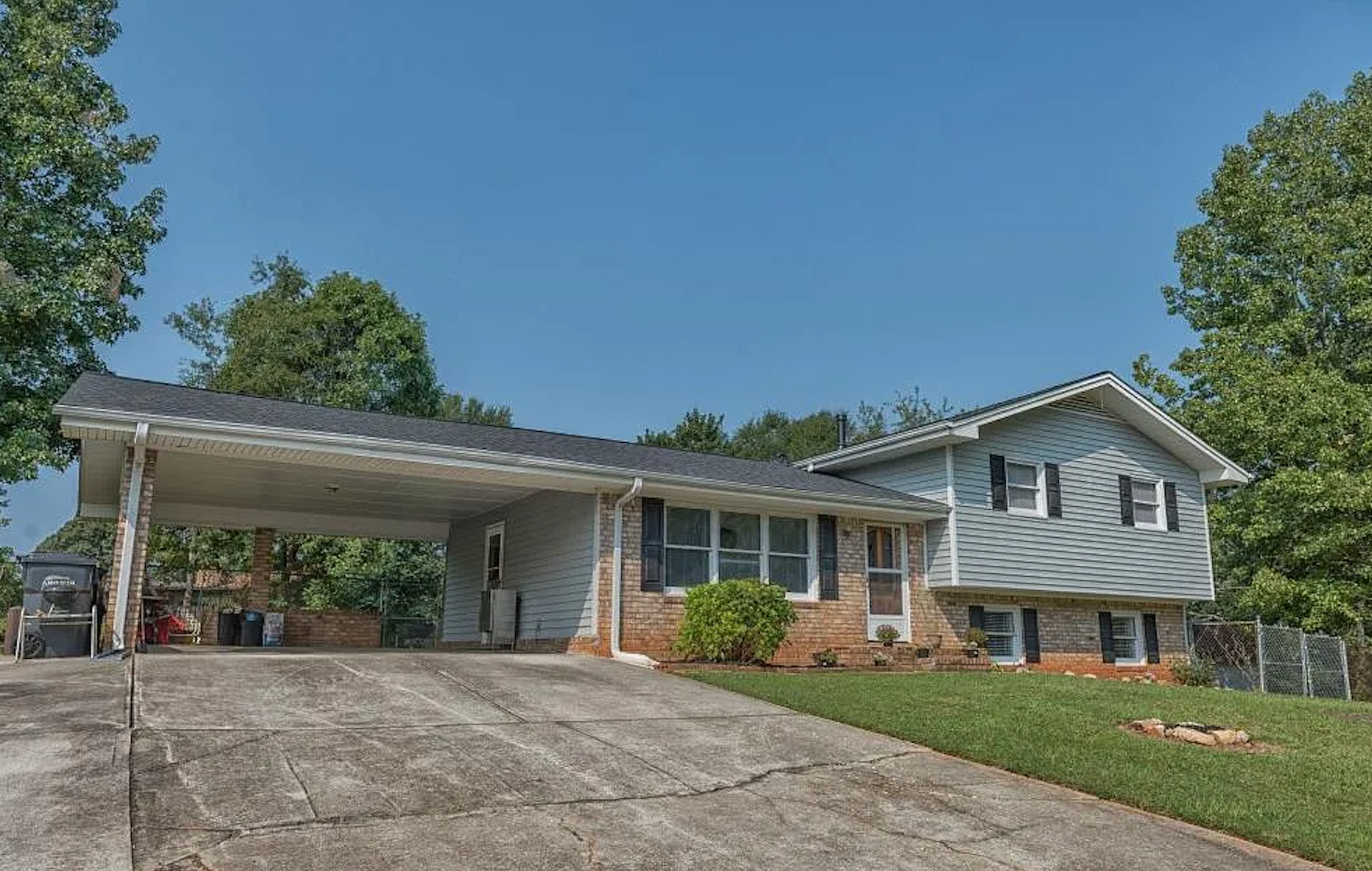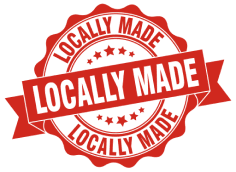Mold Remediation And Removal Process - Step-By-Step Guide
If you have mold in your home, you may be wondering if you need remediation or restoration services. While both options can get rid of mold, they are two very different processes. Keep reading to learn more about the difference between mold remediation and restoration.
What's the Difference Between Mold Removal (Restoration) and Mold Remediation?
Many people often confuse mold removal and mold remediation. While they are both important steps in addressing a mold problem, they are actually quite different. Mold removal is the process of physically removing mold from a surface, while mold remediation is the process of cleaning and repairing the affected area to prevent future mold growth.
The mold remediation process (5-6 steps)
Mold remediation is the process of removing mold from a home or business. Mold can cause health problems, so it is important to remove it as soon as possible. There are a few steps to mold remediation:
first, identify the source of the mold; second, remove the mold; and third, prevent the mold from returning.
1. Inspection
The first step in this process is inspection. This involves looking for signs of mold growth, such as water stains or musty odors.
2. Containment
The second t step in the mold remediation process is containment. This involves sealing off the affected area to prevent the spread of mold spores. Containment can be achieved by enclosing the area with plastic sheeting, using negative air pressure machines, or through a combination of both methods.
3. Air Filtration
The third step in the mold remediation process is air filtration. This step is important in order to remove mold spores from the air and prevent them from spreading. There are a variety of air filtration systems available on the market, so it is important to choose one that is right for your needs.
4. Mold Clean-Up
Mold clean-up is the fourth step in the mold remediation process. This step involves removing all mold spores and other contaminants from the affected area. The goal of this step is to make sure that no mold spores are left behind so that they can't cause any further damage.
5. Sanitize
The fifth step in the mold remediation process is to sanitize the area. This is done by using a bleach solution to kill any remaining mold spores.
When mold removal/restoration is necessary?
Mold removal and restoration are necessary once you find mold in your home or office. Mold can cause serious health problems and can also damage your property. Thus taking the necessary course to fix it is vital, to protect your loved ones and your investment as well.
Common Types Of Mold
There are many types of mold that can be found in homes, office buildings, and other structures. The most common types of mold include Alternaria, Aspergillus, Cladosporium, Penicillium, Stachybotrys, and Trichoderma. These types of mold can cause allergic reactions in some people, and can also cause respiratory problems. So it is important to be aware of the different types and take the necessary steps to prevent it from growing in your home.
FAQs:
Can mold come back after remediation?
Mold can come back after remediation if the conditions that allowed the mold to grow in the first place are not corrected. Mold needs moisture and a food source to grow, so if these conditions are not addressed, mold will return.
Does homeowners insurance cover mold?
No, most homeowners' insurance policies do not cover mold. Some policies will have limited coverage for mold, but it is typically excluded from standard policies. If you think you have a mold problem, you should contact a professional to have it inspected and removed.
Does mold remediation include replacing drywall?
Mold remediation does not necessarily include replacing drywall. Depending on the extent of the mold growth, remediation may involve cleaning and treating the affected areas with a moldicide. In cases of severe mold growth, however, it may be necessary to remove and replace the affected drywall.







